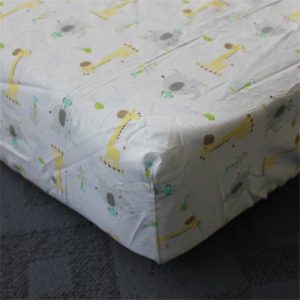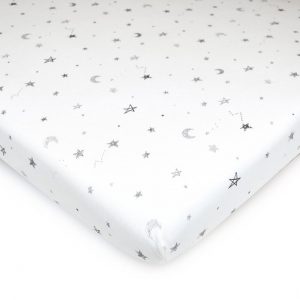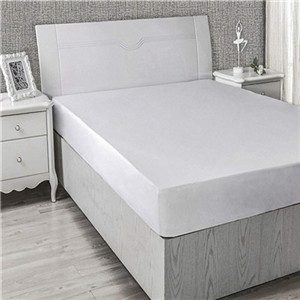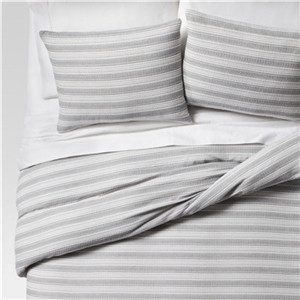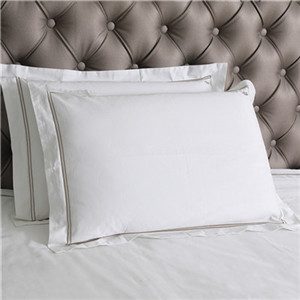The quality of memory pillows on the market is uneven, so how do consumers choose a memory pillow of good quality and suitable for them?
1. Look at the density of the memory pillow. Density is one of the basic indicators of memory pillows. Due to technical bottlenecks and equipment differences, the density of polyurethane of domestically produced memory pillows is generally lower than 100D, while foreign memory pillows can reach 150D. Memory pillow products of the same density will also vary greatly, mainly due to differences in formulas, processes and raw materials.
2, see if the memory pillow passes the security check. Slow rebound materials are chemicals, which have certain hazards in terms of chemical composition. Therefore, it is necessary to control its safety indicators in production, and whether the slow rebound toxic and harmful substances volatilize fully. Whether a memory pillow is suitable depends on whether its safety test indicators pass? The current memory pillow testing includes toxic and hazardous substances testing and pure material testing.
3. Look at the rebound time of the memory pillow. Many consumers think that the longer the rebound time of the memory pillow, the better. This is a misunderstanding. The better rebound time is about 3-5 seconds. Too short will not have a slow rebound effect; too long will make the body stiff.
Looking at the feel of the memory pillow, the feel has little to do with the density of the memory pillow. It is mainly created by the mature technology of the factory. The memory pillow feels very comfortable. It feels like kneading the dough. Xuan, or it’s a bit stiff. At the same time, the memory pillow also has a good temperature sensitivity, which will soften and harden with temperature changes, and you can see the fingerprints when you put it on your hand without putting pressure on it.
